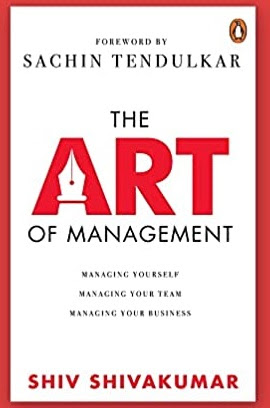
One of the concerns most business heads/managers have is
how to bring the problem-solving and decision-making capabilities among the team?This genuine concern comes from the reality that they spend more time giving instructions/ decisions on many routine tasks as people approach them and also from the feeling that they could not devote time to significant problems or value addition where they can only do it.
The concern needs to approach from two aspects. One is on more profound education or awareness of the importance of problem-solving competency, methodologies, tools, and techniques. Learning to some extent helps the team to improve their problem-solving & decision-making abilities.
However, as a second aspect, to a large extent, it is the business head/manager’s
managerial style that determines the organizational environment for the team to take the lead on problem-solving and decision-making in any situation.Hence the first aspect can be more straightforward than the second aspect of relooking the manager’s style of getting things done.
For example, consider the type of managers/leaders we might have come across in the organization.
Category 1:The type of managers/leaders who do not want to hear any problem or bad news and used to say to the team, “Don’t bring me the problem only, come with solutions.”

Sometimes they spend time with the team to resolve the problem. They display both distant and friendly behavior towards problem-solving. Uncertainty in predicting the behavior.
In this environment, the team is likely reluctant to take the lead in solving the problem independently and clueless about the expectation of problem-solving and decision-making.
Category 2:The type of managers/ leaders who enjoy solving the problem themselves. Their pride

is in solving an issue of any kind and operating with the belief that their core responsibility is to solve the problem irrespective of assigning ownership.
Likely, in this environment, the managers will resolve all the issues, and the team will be open enough to escalate the problem. They think problem-solving is all about escalation to the boss, and the scope for enhancing problem-solving and decision-making competency will be limited.
Category 3:These managers/leaders believe in the larger goal, define the escalation process and ownership, good at delegating and empowering the team to make decisions. They pitch only when there is an escalation to their level and is also disciplined enough to make the people accountable for the task through clarity and periodic reviews.
Likely, in this environment, people are reasonably good at problem-solving and decision-making and enjoy learning more from the boss.
In all the categories, the managers/leaders have a good intention of getting things done, and no one will resemble the same type all the time; it will be a combination of all styles depending on the situation. However,
what category or style one demonstrates most of the time determines the team’s problem-solving and decision-making capability. If the managers/ leaders are aware of their style, delegation, communication process, and change in style lead to change in the organizational environment for enhancing decision-making capabilities among the team.We can talk about some of the strategies for each type of category next week.
Until then, you relate to your managerial style in most of the time and how good your team’s capability in problem-solving and decision-making.
Have a great week ahead.















 Sometimes they spend time with the team to resolve the problem. They display both distant and friendly behavior towards problem-solving. Uncertainty in predicting the behavior.
Sometimes they spend time with the team to resolve the problem. They display both distant and friendly behavior towards problem-solving. Uncertainty in predicting the behavior. is in solving an issue of any kind and operating with the belief that their core responsibility is to solve the problem irrespective of assigning ownership.
is in solving an issue of any kind and operating with the belief that their core responsibility is to solve the problem irrespective of assigning ownership. 

 )
) )
)

